The 33rd
LaureatePainting
Giulio Paolini
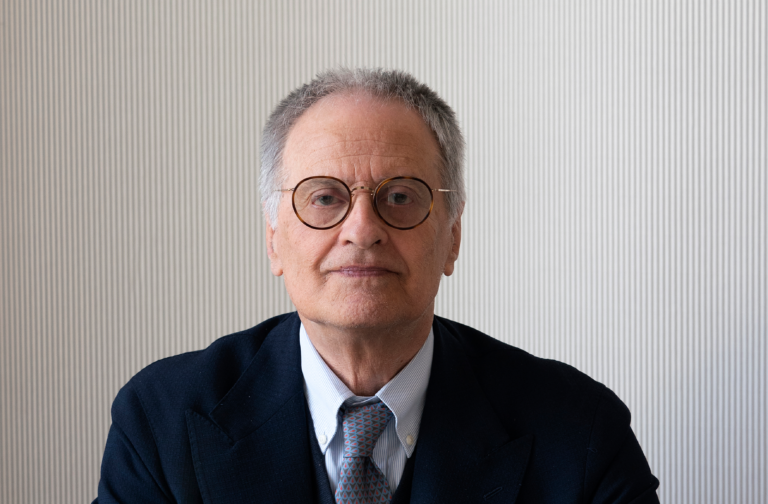
Few artists working today have interrogated the medium and meaning of art more completely than Giulio Paolini. Paolini is often mistakenly associated with the Arte Povera movement. While he participated in a number of their exhibitions in the late 1960s,his art has a unique orientation that is not easily categorized or contained in the movement. Many of Paolini’s works are inspired by masterpieces of Art history and are created to make the viewer question what they are seeing. His art questions the very nature of Art and the role of the Artist. Early works such as Young Man Looking at Lorenzo Lotto (1967) and Mimesis (1975-1976) announce Paolini’s intention to use his profound knowledge of the history of Art to pose riddles and to present his work as part of a long continuum – with each artist and artwork interacting both with the past and the future. His works are composed of diverse media; painting,photography and sculpture,all of which create a poetic and introspective space. Paolini’s thought-provoking and playful work can also be seen in his stage design for theatre and operas. He has exhibited globally and most recently,in 2022,had a solo exhibition,When is the present?,at the Museo Novecento in Florence.
Biography
Few artists working today have interrogated the medium and meaning of art more completely than Giulio Paolini.
Born in Genoa in 1940,Paolini has lived most of his life in Turin. He showed artistic promise from an early age,winning an art competition at the age of eight,later studying graphic design and photography at the State Institute of Industrial Technology.
In 1960,he produced his first major work,Geometric Drawing,a piece that used the language of design – using a few simple but measured marks to map out a basic inter relationship of forms. Interested in the human cognitive structure that defines "painting," he pursued painting itself,attracting critical praise with his first solo exhibition in 1964.
Paolini is often mistakenly associated with the Arte Povera movement that was spearheaded by his close friend and critic,Germano Celant. While he participated in a number of their exhibitions in the late 1960s,his art has a unique orientation that is not easily categorized or contained in the movement.
Many of Paolini’s works are inspired by masterpieces of Art history and are created to make the viewer question what they are seeing. His art questions the very nature of Art and the role of the Artist. Early works such as Young Man Looking at Lorenzo Lotto (1967) and Mimesis (1975-1976) announce Paolini’s intention to use his profound knowledge of the history of Art to pose riddles and to present his work as part of a long continuum – with each artist and artwork interacting both with the past and the future.
He says,“I have always been convinced,and increasingly so now,that every artistic image,every appearance of something that we attribute to the history of Art is always something that is connected to something else.”
His works are composed of diverse media; painting,photography,and sculpture,all of which create a poetic and introspective space. Often Paolini is in some way present – his feet,his back,his shadow – yet he is never fully revealed. He explains,“I have always avoided putting my person in what I do,I have always kept my distance…but discreet does not mean absent.”
Paolini’s thought-provoking and playful work can also be seen in his stage design for theatre and operas. He has exhibited globally and in 2022,had a solo exhibition,When is the present?,at the Museo Novecento in Florence.
Chronology
Group Exhibiiton,Identité italienne at Centre national d’art et de culture Georges Pompidou,Paris
-
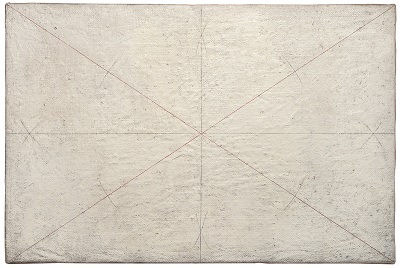
Geometric Drawing, 1960
-
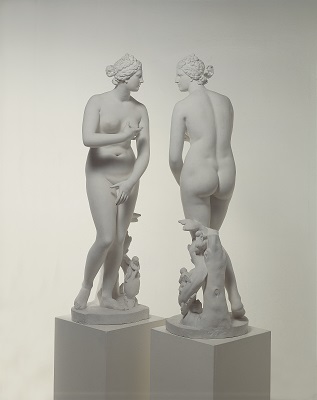
Mimesis, 1975-1976
-
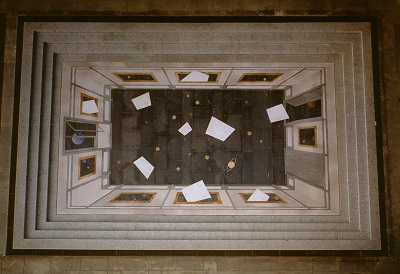
Light-Years, 2000-2001
-
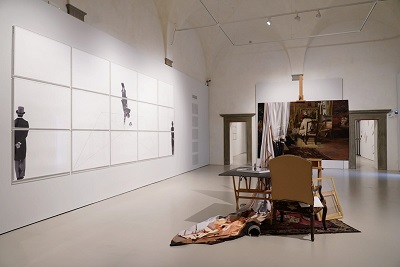
Quando è il Presente?
-
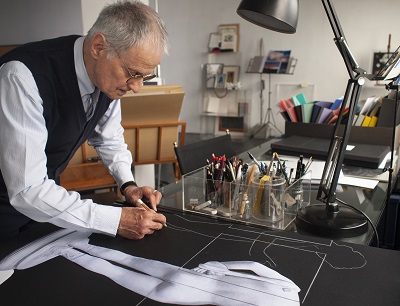
Giulio Paolini at his studio in Turin, 2022
-
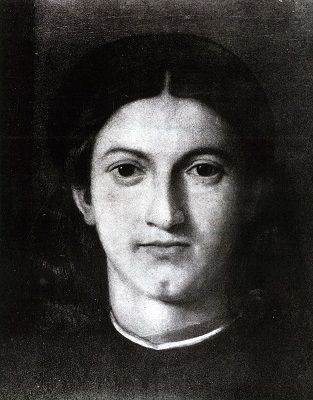
Young Man Looking at Lorenzo Lotto, 1967

